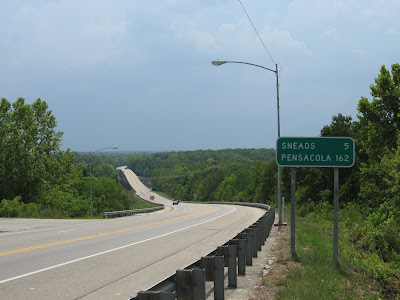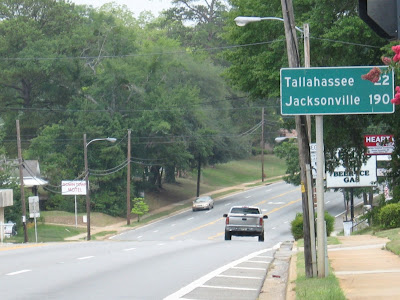Sadly, there is no connection between Lawton Chiles and Harry Potter...
Actually, it is a chance to talk about Chiles' focus on children's health care. Since the early 1980s in the U.S. senate, Chiles championed immunization, prenatal care, and early childhood care. Before it became the issue matured in the mid-90s media spotlight, Chiles had chaired the National Commission on Infant Mortality and used its bully pulpit to push children's health care.
When Chiles won the Florida governorship in 1990, he had more authority than he ever enjoyed as 1 of 100 in the U.S. senate. He went about reshaping the state health care system in the image of his ideals. He won some fights, lost others, but left his mark on the state--especially with his 1998 legal settlement against Big Tobacco that brought Floridians billion in compensation for Joe Camel's exploitation of kids' ignorance about cigarettes. Once Chiles' victory turned on the money spigot, lawyers in other states joined the fray.
The Lawton Chiles Foundation describes part of the health care fight:
Healthy Start was born in 1991 when the Governor and First Lady convened a group of community leaders and challenged them to build local coalitions to reduce Florida's alarmingly high infant mortality rate. Healthy Start builds on Governor Chiles' experience as chairman of the National Commission to Prevent Infant Mortality and helps at-risk mothers receive the care they need for a healthy pregnancy and baby. Between 1991 and 1998, Healthy Start helped more than 1 million women and infants and Florida's infant mortality rate has dropped dramatically. In 1997, Florida's infant mortality rate fell to an all-time low of 7.1 deaths per 1,000 live births, a decline of 26 percent since 1990.
Women beginning prenatal care during the first trimester rose from 75 percent in 1991 to 83 percent in 1997. And the low birth weight rate decreased 20 to 40 percent among the high-risk women receiving Healthy Start services.
Healthy Start is just one example of how the Chiles/MacKay team's sharp focus on prevention worked to save the state costly medical bills later. Every dollar spent in prenatal care generated savings of $3 in short-term hospital costs.
In 1998, there were 31 Healthy Start coalitions that worked with Florida's health care community to ensure quality care for moms and babies. These coalitions have become influential voices speaking out on behalf of Florida's children and families.
Please check out the
Lawton Chiles Center for Healthy Mothers and Babies website for more information. They just revamped the site completely and it's much better.
A final note.
You can read all the statistics you want on the issue--and there are many. But I think to get a sense of how Chiles came to view children's health care you need to start seeing kids' health care as a prism reflecting all other social problems--death penalty, juvenile justice, education, the health insurance crisis, child abuse, welfare, and immigration.
To put it his way: "The answer to
all our pressing problems, begins with a child."































